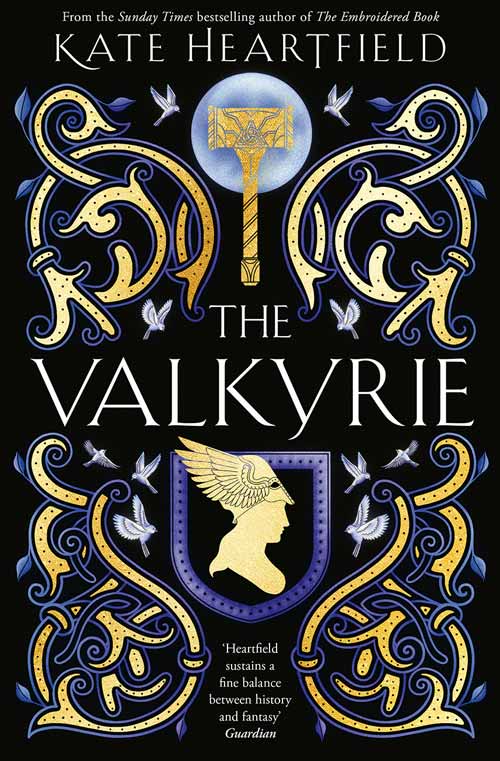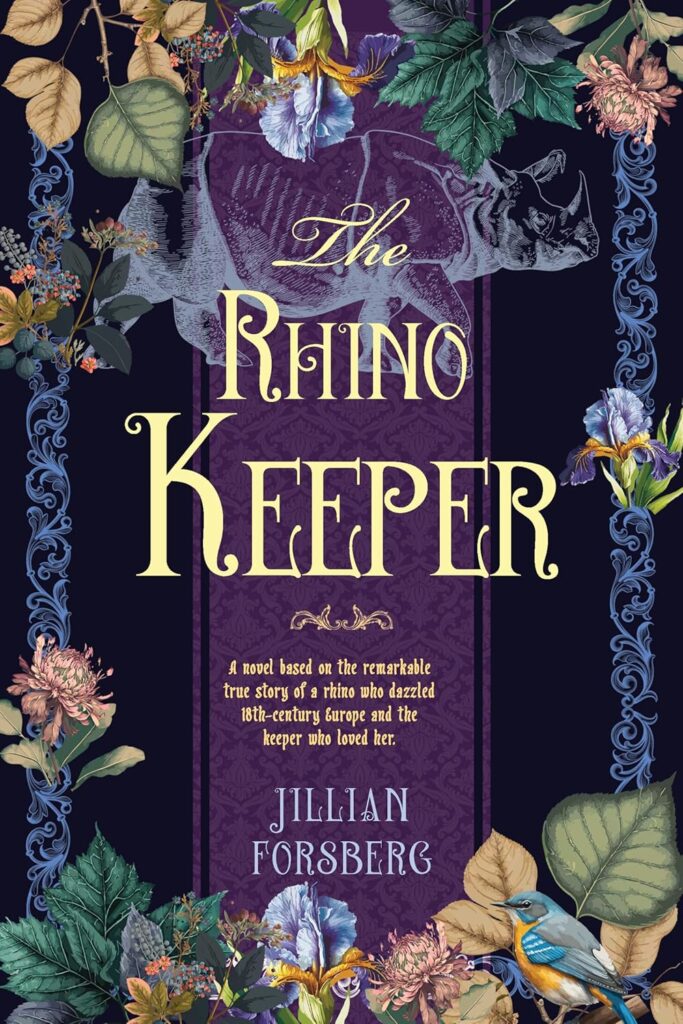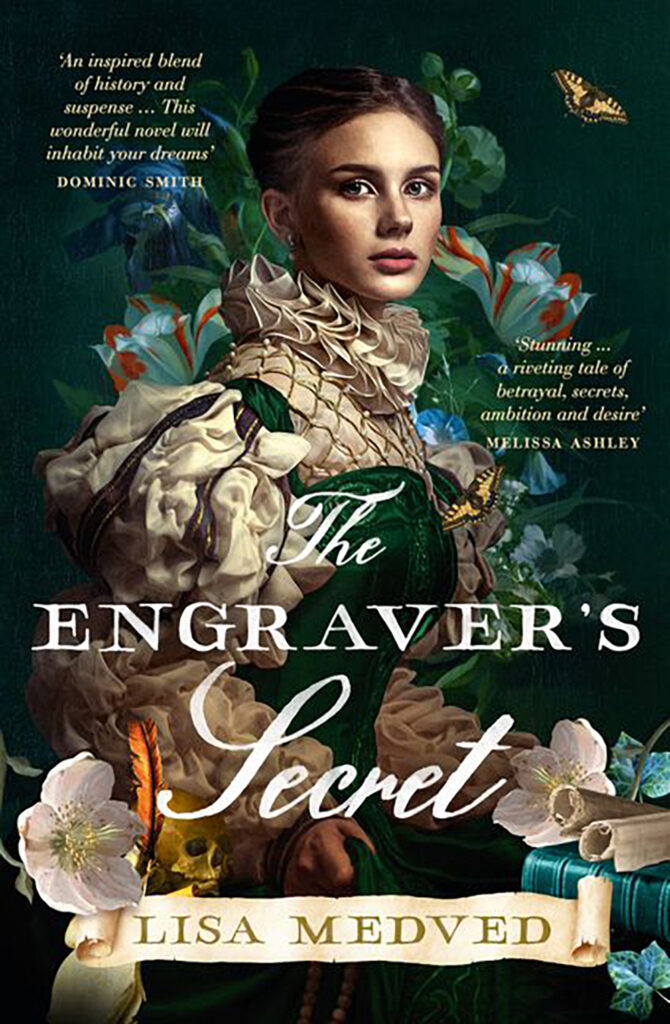Becoming Mrs. Lewis by Patti Callahan Reveals the Woman Beside the Man
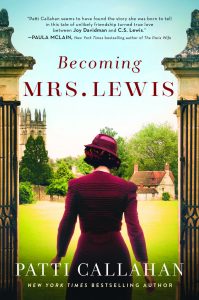 If you hear the names Joy Davidman and C.S. Lewis, which one conjures up the image of a famous writer? I suspect ninety plus percent of readers will know the name C.S. Lewis, particularly his tales of Narnia, while very few will know of Joy Davidman’s essays, books, and award-winning poems.
If you hear the names Joy Davidman and C.S. Lewis, which one conjures up the image of a famous writer? I suspect ninety plus percent of readers will know the name C.S. Lewis, particularly his tales of Narnia, while very few will know of Joy Davidman’s essays, books, and award-winning poems.
While Davidman is often referred to as C.S. Lewis’s wife, she was also his muse, his editor, and his intellectual equal. Author Patti Callahan chose to write Joy Davidman’s story in her new novel, Becoming Mrs. Lewis (HarperCollins 2018) because “her legacy had been buried under the ‘dying wife of C. S. Lewis’ story. I wanted to narrate her journey in the first person so others could meet this fiery and brave woman who forged a path for herself in the 1940s and 1950s when society and family were telling her to stay put.” Becoming Mrs. Lewis is “NOT about the woman behind the man but the woman beside the man.”
Joy Davidman’s journey is fraught with conflict and challenge. It is also inspiring. Married in 1942 to her first husband, author William Gresham, Joy struggled to find time for writing as she raised two children, bolstered her husband’s efforts, dealt with his drinking and extramarital affairs, and tried to make ends meet. Although born into a Jewish family, Joy rejected her religion and became an atheist. During a particularly difficult period of her marriage, she turned to religion and found Christianity. That discovery led her to C. S. Lewis.
Each chapter of Becoming Mrs. Lewis features a few lines of Davidman’s beautiful, haunting poetry. “All my life I’ve written from the knotted places inside me with a hope for the unknotting,” Joy Davidman says early in the story, setting the stage for what’s to come. That particular chapter begins with these lines: “I have loved some ghost or other all my years/Dead men, their kisses and their fading eyes.”
How did Callahan choose the poetry for each chapter? “Joy has a large and interesting body of work, much of it poetry . . . so I had loads of works to choose from when starting each chapter. But I decided to focus on the poetry that hinted at the love story between Joy and C. S. Lewis, so the bulk of the snippets are from a collection she labeled ‘Courage: 45 Love Sonnets for C. S. Lewis’. From there, I chose the lines that echoed what was unfolding in the chapter that follows.” Callahan chooses brilliantly and these bits of poetry illuminate Davidman’s talent as well as her life struggles.
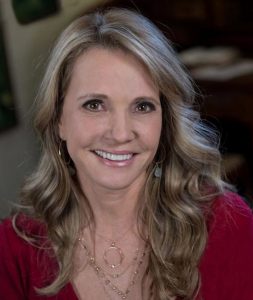
author photo
Writing a novel of such intimacy requires deep research. While the letters between Lewis and Davidman were destroyed, letters to others remain and these enabled Callahan to “know what they were writing about and what they were concerned with. We know how they answered questions and how they responded to others. The bits of letters [included in the novel] are meant to guide us not only through their days but also through their hearts as they come to know each other on opposite sides of the ocean.”
The story, while centred on Davidman and Lewis, features other memorable characters: Warren Lewis (C.S. Lewis’s brother), Bill Gresham (Joy’s first husband), Renee (Joy’s cousin whose affair with Gresham leads to the couple’s divorce), Davidman’s children, Davy and Douglas, and the curmudgeonly J.R.R. Tolkien. It’s clear from the author’s extensive bibliography that she has thoroughly researched her lead characters. C.S. Lewis—known to friends as Jack—comes alive as thoughtful, kind, scholarly, humorous and joyful, a man who had deep feelings about humanity, life, and religion.
Callahan explored her heroine’s mind and soul. In order to do this she “read her letters, poems, essays and novel. [She] ‘listened’ to her in her writing and then imagined being dropped into the middle of her life. What would it have been like to be struggling and then find a letter from C. S. Lewis in your mailbox? What would it feel like if my husband was a struggling alcoholic and we were low on money? What would it be like to change my life completely and save my own life?” Callahan said she wanted to sit “in the seat of [Joy’s] heart as she struggled with her life, her faith and with love.”
In 1952 Joy Davidman leaves her husband and two children in order to spend a few months in England. The doctor has prescribed rest. Her marriage is failing. She believes the change is necessary for her very survival. “If I did not leave, I would die. I felt this as surely as knowing soon it would be spring, the summer, then fall, and then the cursed-iced winter again.” And she knows it will be a chance to meet face to face with the man she has corresponded with for more than two years.
England, Oxford and Jack—especially Jack—are captivating. “It wasn’t until England I saw who I could be: a brilliant light, cherished for who I was.” Jack offers friendship. Joy desires more. “The theological quandary I found myself in was nearly laughable. I was a married woman trying quite desperately not to fall for a man whom I’d made an idol as I wrote about the commandments of God.”
Throughout the story, Joy seeks to know God. Jack shares that journey with her. Ultimately, she concludes: “God was with me, and always had been. He was in the earth and the wind, in the ringing and the silence, in the pain and in the glory of my life.”
Bringing someone’s life into novel form requires choices: where to begin, how much of that life to cover, what incidents and people to feature. Callahan said she “knew that the story would cover the decade long friendship turned love story”, and from there, chose the “world ’s historical moments that would have been noticed by both of them . . . the historical moments that affected their life, or that they wrote about in their letters, or the ones that echoed their own struggles (Wallis Simpson for example).”
The central tension of Becoming Mrs. Lewis is how Joy Davidman transformed her life, and “consequently the heart and work of C. S. Lewis. Why? One hint we can find is in an essay that Joy wrote in the mid-1940s after a ‘mystical experience’. She wrote, ‘If we should grow brave, what on earth would become of us?’ And then she didn’t answer that in the essay but with her life.”
About the contributor: M.K. (Mary) Tod writes historical fiction. Her latest novel, Time and Regret was published by Lake Union. Mary can be contacted on Facebook, Twitter and Goodreads or on her award-winning blog A Writer of History.

